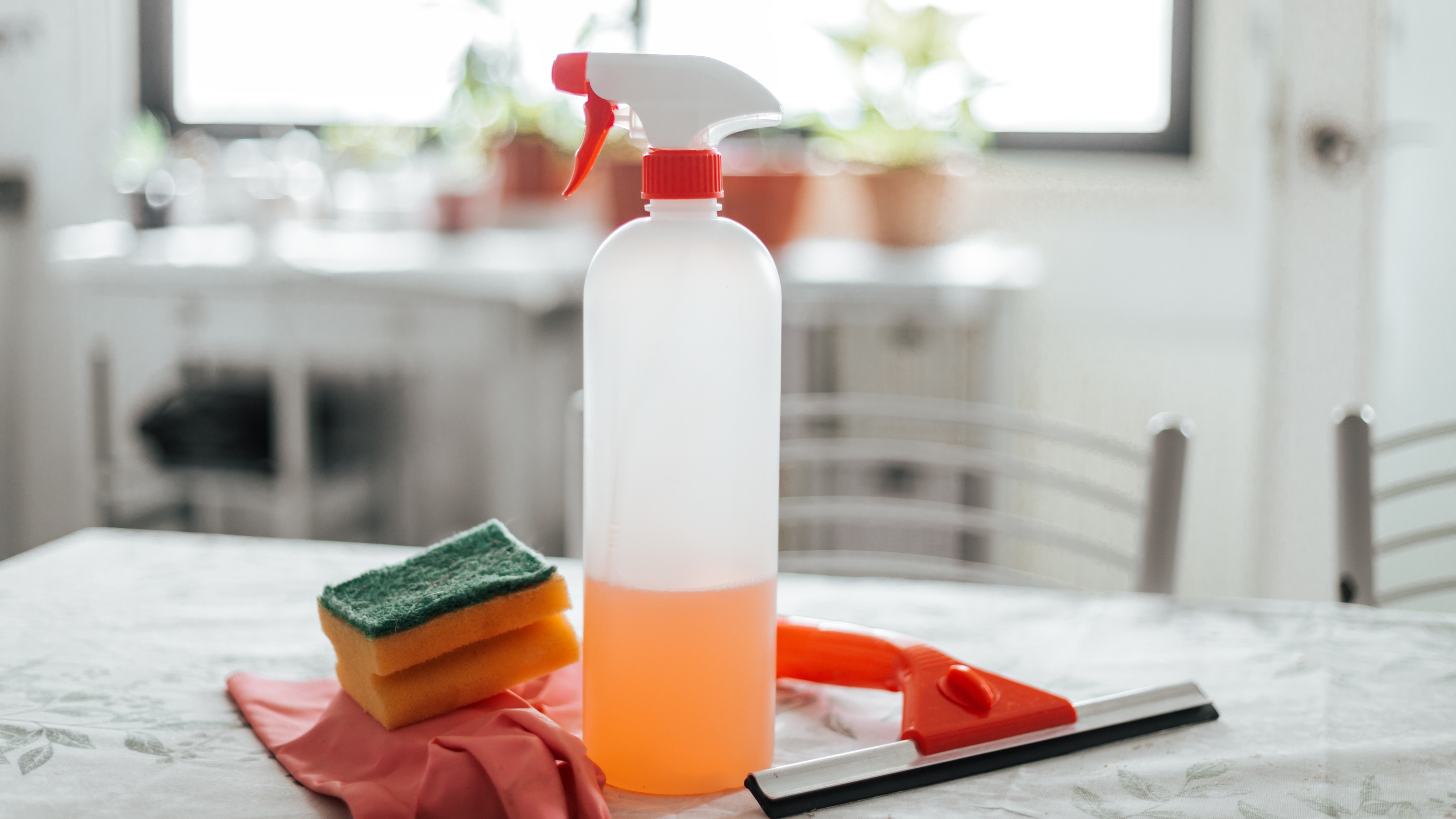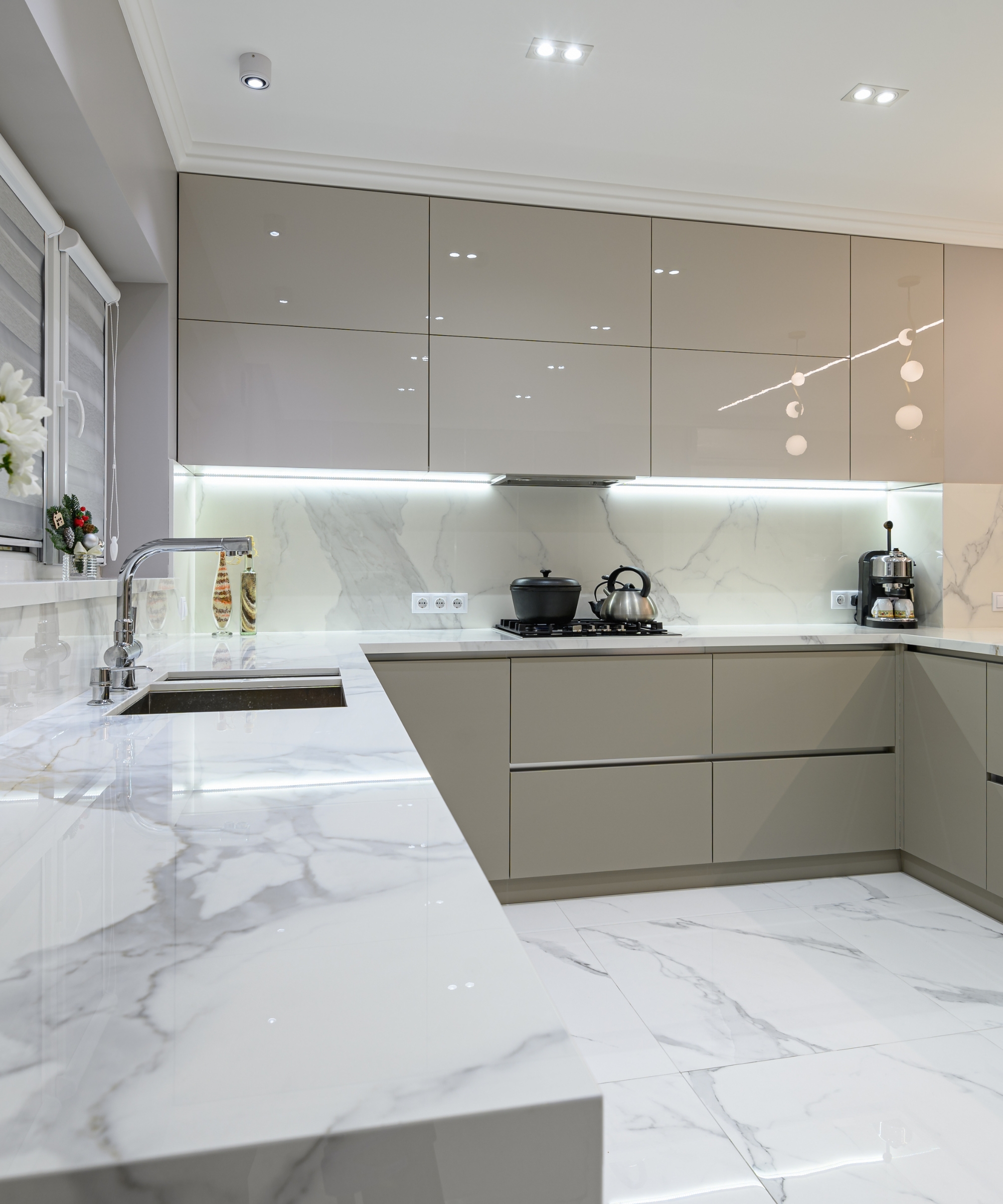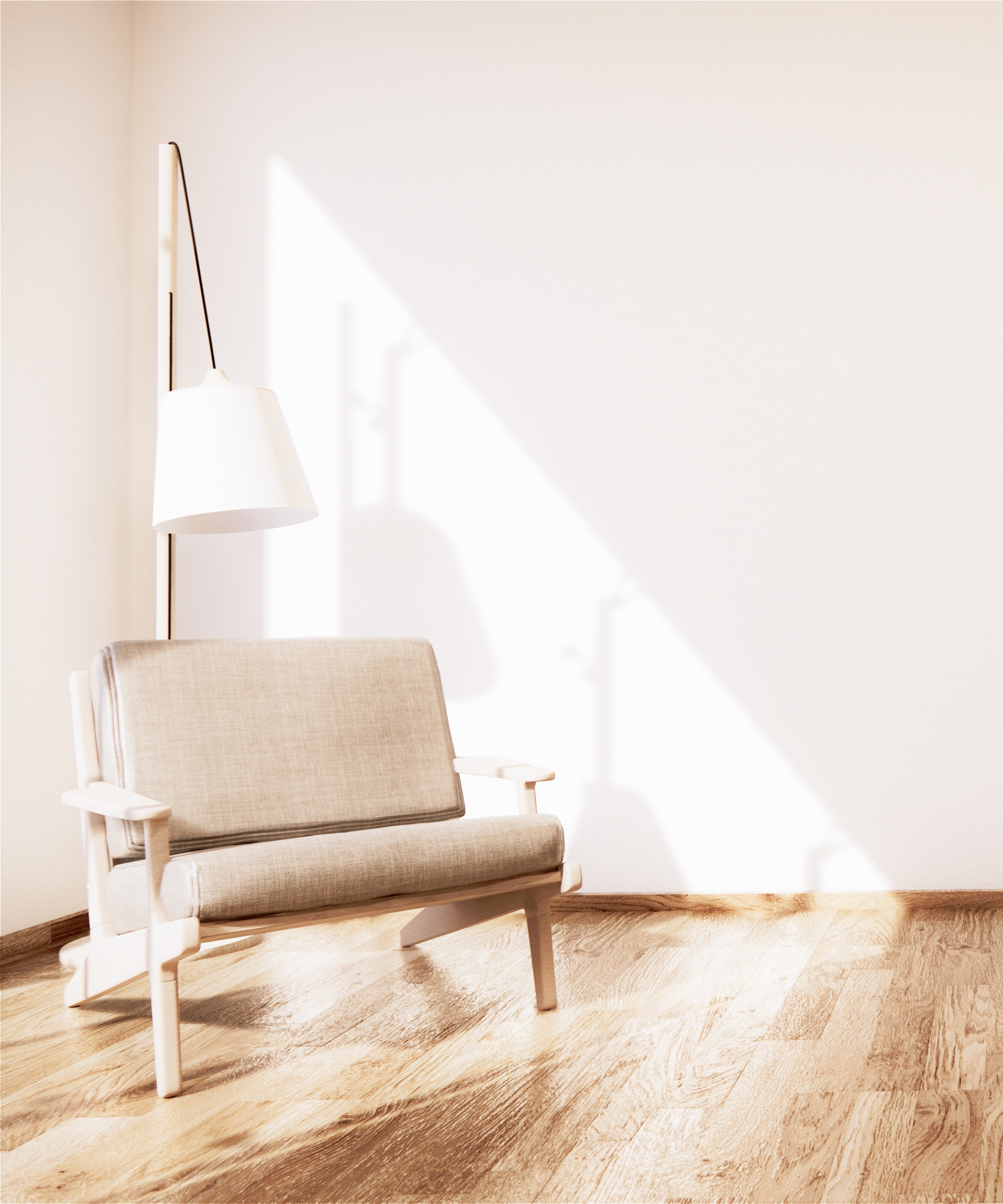4 things you should never use bleach on at home
Expert-approved advice for all the things you should never use bleach on at home


If this cleaning product is in your cabinet, here are the things you should never use bleach on at home. For many of us, this powerful disinfectant is a normal part of our cleaning routine, but there are some surfaces in the house this chemical can cause serious damage to.
While bleach can safely keep many parts of your home fresh, there are areas it could destroy if it comes into contact with them, causing discoloration, corrosion of the material, or even toxic fumes. Luckily, our experts know exactly how and where you can use it safely.
You might be able utilize this chemical for lots of the best cleaning hacks around your home, but our experts give a useful heads up on the things you should never use bleach on, and the alternative products to use harmlessly instead.
4 things you should never use bleach on
Bleach is a great formula to wick away some stains like magic, or remove mould from some areas of your home, but let's be clear on the surfaces bleach may damage.
After all, nobody wants to remove a stain but leave behind a faded or damaged patch, ruining not only the aesthetic of your more delicate items, but perhaps ding the function, too.
Tommy Mellow, DIY and home service expert, says, “Bleach is a powerful cleaning agent that can be used to clean household items like laundry easily but there are some things you should never use bleach on.”
1. Stone countertops and surfaces

If you have gorgeous stone, quartz, or marble countertops, step away from the bleach. Rassan Grant, Director at Norstone USA and natural materials specialist, says, “Bleach can etch and dull the shine of natural stone surfaces, like marble and granite, leaving you with a permanently cloudy countertop.”
Get small space home decor ideas, celeb inspiration, DIY tips and more, straight to your inbox!
Instead of using bleach, he advises, “Use lemon juice and baking soda (we recommend this Arm & Hammer baking soda from Amazon) for a gentler, stone-friendly clean.”
DIY expert Tommy adds, “Using bleach on marble or granite is a big no-no. The surface of these materials are porous and applying bleach can stain it, unless the supplier has advised to do so, use warm and soapy water (this Dawn dish soap from Amazon would work well for this) to clean marble.”
Bleach also damages the sealant properties of natural materials, which can lead to a higher chance of water damage happening to, below, and around these surfaces.
2. Stainless steel and other metals
Whether it’s stainless steel pots and pans, a copper splashback or cleaning silver cutlery, don’t make the mistake of using bleach on them. When it comes to cleaning stainless steel, or any other metal, it's important to pick the right formulas (these stainless steel wipes from Amazon tend to work well)
“Stainless steel might sound tough, but bleach can cause discoloration. Stick to a microfiber cloth and some elbow grease for a streak-free shine,” advises Rassan.
Instead, opt for a metal-safe cleaning solution (like this stainless steel cleaning spray from Amazon) to clean your stainless steel appliances (and other metals) without causing damage or corrosion.
Tommy adds, “Using bleach on a metallic surface will result in metal corrosion and the formation of rust." Not what we're aiming for at all.
3. Wooden surfaces

It's worth noting once bleach is used on wood, it’s almost impossible to remove. From cutting boards to countertops and wooden floors, avoid using bleach when cleaning and polishing wooden surfaces or removing mould from wood.
Rassan explains, “Bleach can bleach wood right along with the grime, leaving pale patches and weakened fibers. Soapy water and a touch of vinegar work wonders on wood, keeping it nourished and vibrant.”
While Tommy adds, “Bleach is ineffective in cleaning wooden and can warp the wood. It's also ineffective in killing the mold that may appear on this porous material. Whilst it might discolor the mould, it does not kill it off. So it is better to use cleaners specifically made for wooden surfaces (like this wood cleaning spray from Amazon).”
4. Colored upholstery, carpets or paint
Bleach might work wonders on cleaning white paint or white fabrics, but when used on colored upholstery, carpets or paint it permanently stains or discolors.
Rassan says, “Bleach is a notorious enemy of color. Use it on your favorite red rug, and you'll be left with a faded ghost. Opt for color-safe detergents or professional cleaning for your precious textiles.”
Instead, make use of cleaning agents designed with the particular fabric or surface you're dealing with in mind. Our best upholstery cleaners are a safe bet for delicates, and best carpet cleaners to will help you avoid a bleach misery.
FAQs
How can bleach damage surfaces and materials?
Rassan explains, “Bleach's superpowers come from its chlorine, which works by oxidizing dirt and killing germs. But that same oxidation can break down and discolor certain materials.”
What are the best alternatives to bleach for cleaning?
Rassan says, “For the everyday, a simple vinegar and water solution tackles most messes naturally. For tough stains, baking soda forms a gentle yet effective cleaning paste for stuck-on grime. For disinfecting: hydrogen peroxide kills germs without the harshness of bleach."
Now you're cleared up on the things you should never use bleach, all confusion will have been stripped way, along with the risk of damaging things around your home.
The next one to tackle, is the cleaning products you shouldn’t mix when. For those of you who like us love to plan our cleaning ahead of time, these awesome household subscription boxes might be just the ticket to get your new cleaning regime off with a bang.

Hi! I’m Beth Mahoney and I’m a former staff writer at Real Homes. I’ve been a journalist for the national press for the past six years, specializing in commerce and trends-related lifestyle articles, from product reviews and listicles to guides and features. With an eye for pretty things (think: quirky wall prints, scalloped edge furniture, and decadent-looking tableware) but a limited budget, I love nothing more than a bargain buy.

